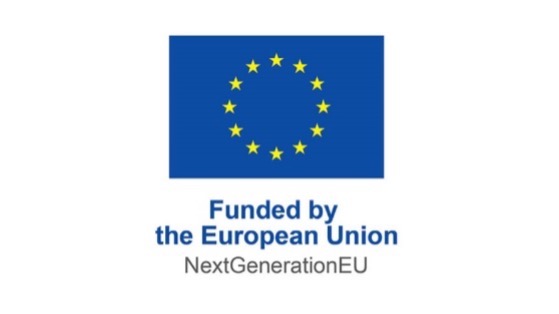The budget required for EU activities is determined in the long term and set out in the Multiannual Financial Framework. This seven-year plan defines the financial scope of the EU’s activities and ensures that EU spending is foreseeable for both the EU and the recipients. The Multiannual Financial Framework serves as the framework for the annual budgets of the EU, which allocates funding to the more than 50 spending programmes and the EU institutions.
The most important portion of the EU budget is the EU’s ‘own resources’. These are composed of tariffs and other levies, a small amount of the VAT collected by the Member States and – most importantly – a share of Member States’ gross national income. This share is determined annually. The EU budget must always be balanced, meaning that spending is only possible where there is the same amount of revenue.
The current Multiannual Financial Framework, on which the EU institutions agreed in December 2020 under the German Council Presidency, stretches from 2021 to 2027. Its total volume is €1,200 billion (current prices) for all 27 Member States and over seven years. The following figure shows the EU’s areas of activities, including Structural and Cohesion Policy, and the amount of funding available for this up to 2027.

The agreement of 2020 goes beyond the regular Multiannual Financial Framework to include a one- off, temporary recovery instrument called Next Generation EU (NGEU), which has a volume of
roughly €800 billion. NGEU will expire in 2026. Until then, it is intended to cushion the economic impact of the COVID-19 pandemic and promote forward-looking technologies, particularly in the field of climate action and digitisation. Unlike other instruments, this one is financed via bonds issued by the European Commission. These must be re-financed from the EU budget by 2058 at the latest. The Member States contribute to the EU budget through ‘own resources’ payments.
As part of the agreement on the Multiannual Financial Framework for 2021 to 2027, the European Commission announced that it will conduct a revision of the Multiannual Financial Framework by
1 January 2024. Proposals to this effect were tabled on 20 June 2023. In late February 2024, the European Parliament and the Council reached agreement on a revision of the Multiannual Financial Framework, which now has a special focus on continued financial support for Ukraine and measures to cover the rising cost of NGEU. Additionally, a decision to establish a new ‘Strategic Technologies for Europe’ (STEP) platform was taken as part of the revision. This platform is to strengthen and mobilise existing EU funding instruments so as to supportthe EU’s technological sovereignty.
Part of the agreement on the MFF for 2021 to 2027 is an agreement on the introduction of new own resources, for instance from emissions trading, a carbon border adjustment levy and a levy on certain non-recyclable plastics (the latter has already been introduced). These are mainly to be used to pay back the loans taken out for NGEU. In June 2023, the European Commission presented an adjusted package of new own resources, which includes a proposal for the generation of own resources from the gross operating surplus of financial and non-financial corporations. The new proposals on own resources are currently being negotiated at the EU level.

